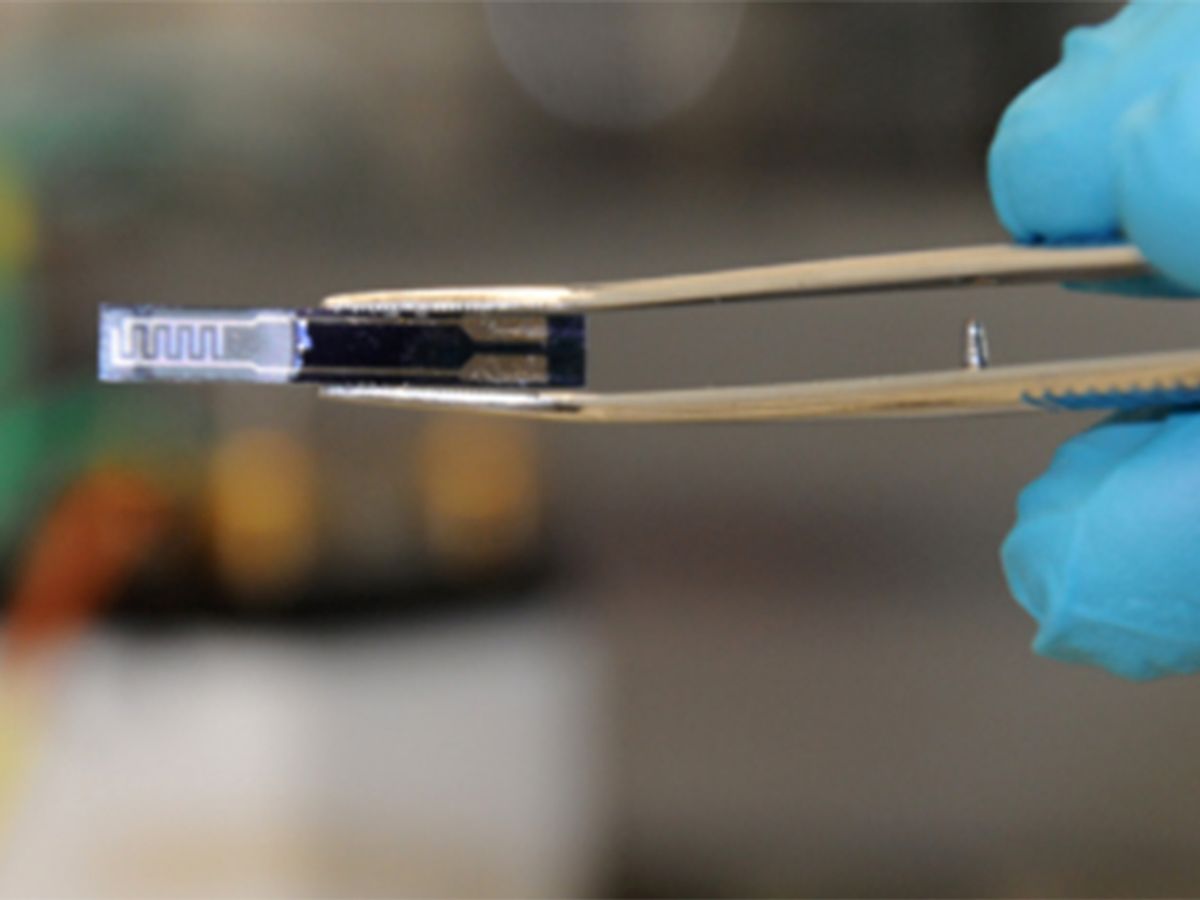Researchers at ETH Zurich, Switzerland and the Max Planck Institute of Colloids and Interfaces in Potsdam, Germany have leveraged a new type of nanomaterial to fabricate a novel carbon dioxide (CO2) sensor that is much smaller in scale and requires less energy than previous devices.
A new operating principle allows the sensor to be both small and energy efficient. The researchers envision portable applications, such as scuba diving or high-altitude mountaineering.
A polymer dubbed poly-ionic liquids (PIL) serves as the foundation for the new. While the name would suggest it is a liquid, it is in fact a solid material consisting of salts (the ionic liquids).
Most of the research with PIL has looked at its potential in battery and CO2 storage applications. The German and Swiss researchers saw this research and the materials ability to adsorb CO2 and had an idea.
"We asked ourselves if we could exploit this property to obtain information on the concentration of CO2 in the air and thereby develop a new type of gas sensor," said Christoph Willa, doctoral student at ETH, in a press release.
In research published in the journal Advanced Functional Materials, the researchers discovered that if they mixed PIL with nanoparticles the combination created a nanocomposite that could conduct electricity.
“Separately, neither the polymer nor the nanoparticles conduct electricity,” said Willa in the release. “But when we combined them in a certain ratio, their conductivity increased rapidly.”
The researchers also observed that the conductivity of the nanocomposite at room temperature was dependent on the CO2 present.
“Until now, chemo-resistive materials have displayed these properties only at a temperature of several hundred degrees Celsius,” explained Dorota Koziej, a team leader at the ETH lab, in the press release.
This room-temperature sensitivity to CO2 was a game changer. All previous CO2 sensors that operated on a chem-resistive (the resistivity of the material changed in the presence of a chemical) basis needed to be heated to a high temperature to operate.
At this point, the researchers are not entirely certain why the CO2 changes the conductivity of the material. They speculate that it may have something to do with CO2 affecting the mobility of the charged particles in the material. All they’re sure about is that it works.
With the new sensors, the researchers were able to demonstrate that the device could measure CO2 concentration from a 0.04 volume percent in the earth's atmosphere to 0.25 volume percent, which represents a wide range for these kinds of devices.
Typically, CO2 sensors operate on an optical principle. Basically, CO2 absorbs infrared light so you can measure the change in the optical signal.
However, since this new sensor operates on a completely different principle, the devices can be much smaller and require less energy making them ideal for a range of portable applications, including medical applications in which emergency personnel may need to assess the amount of CO2 in a patient’s breath.
Dexter Johnson is a contributing editor at IEEE Spectrum, with a focus on nanotechnology.



